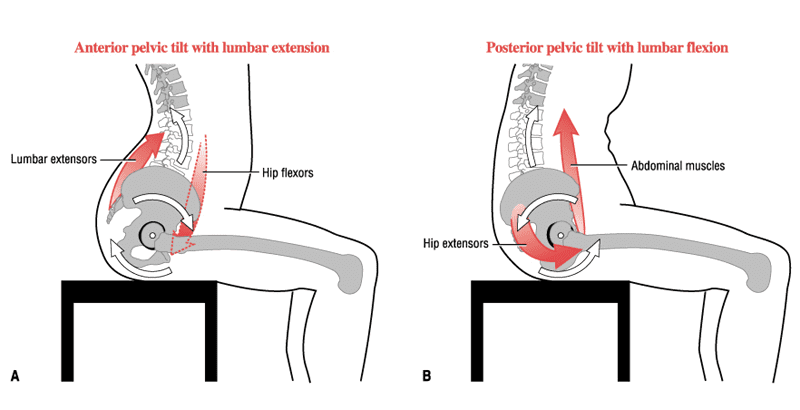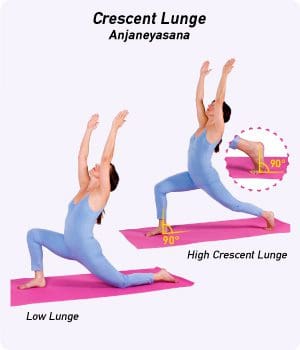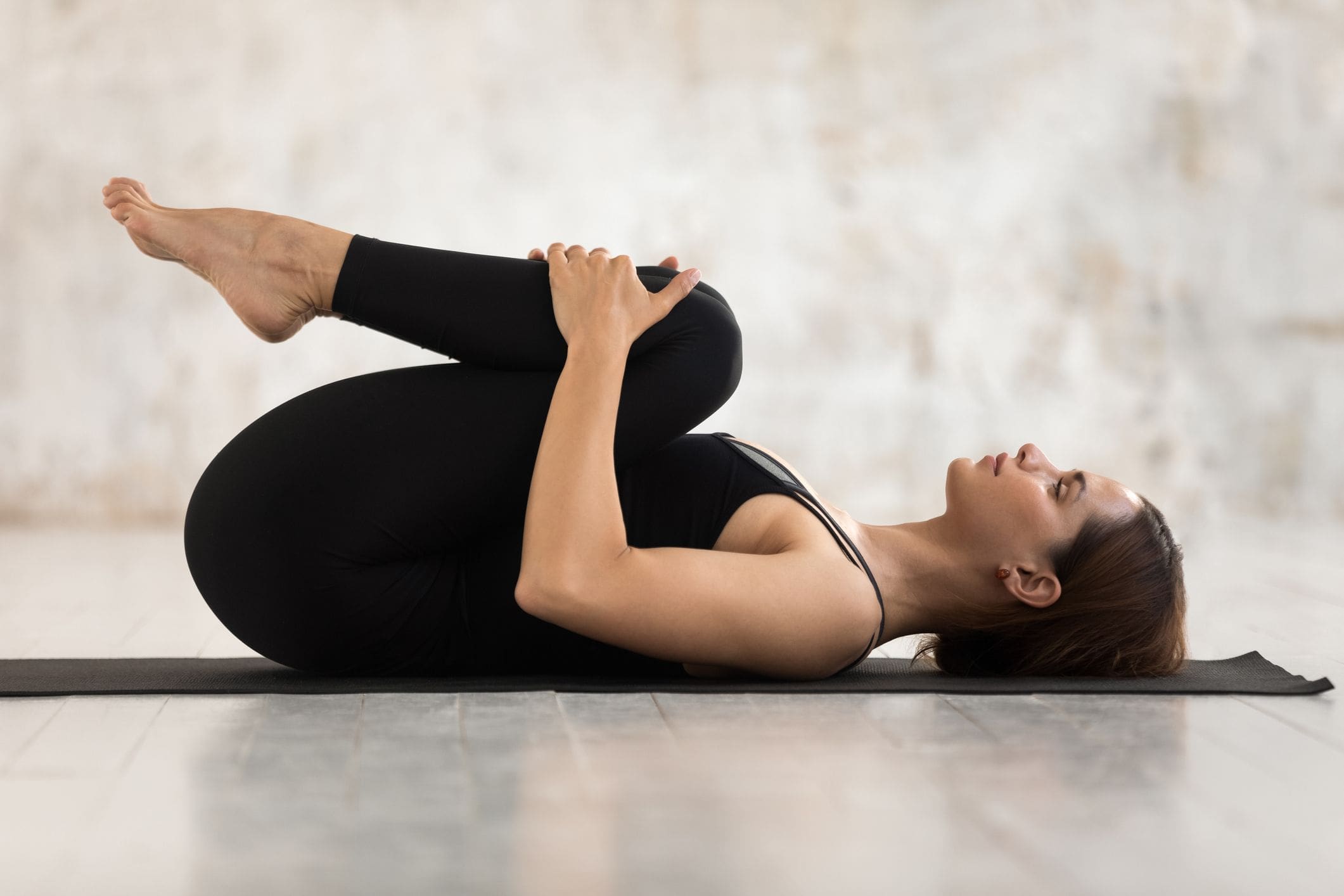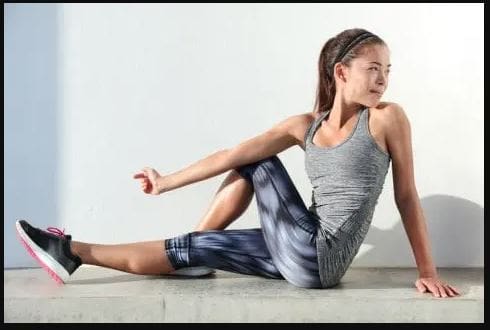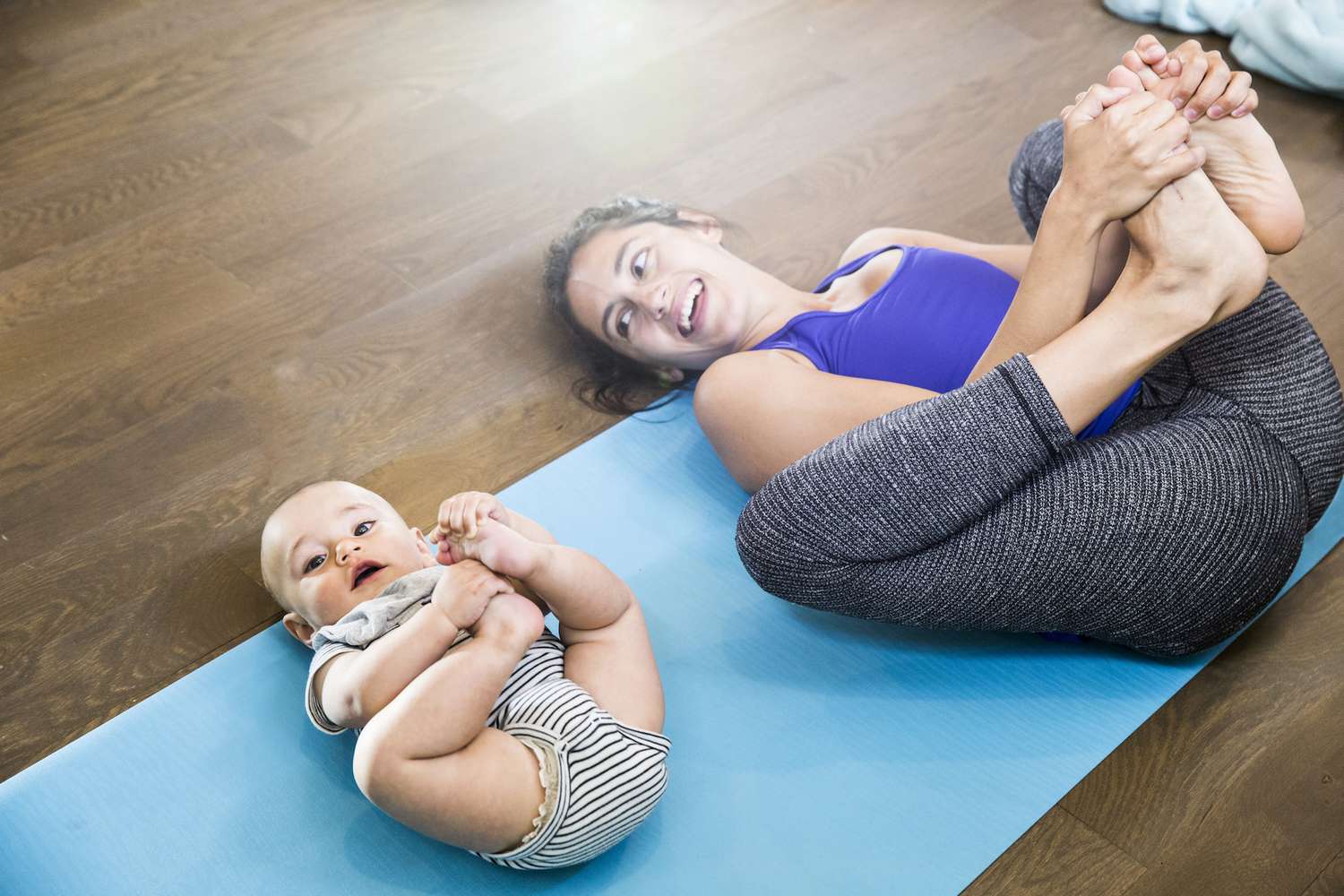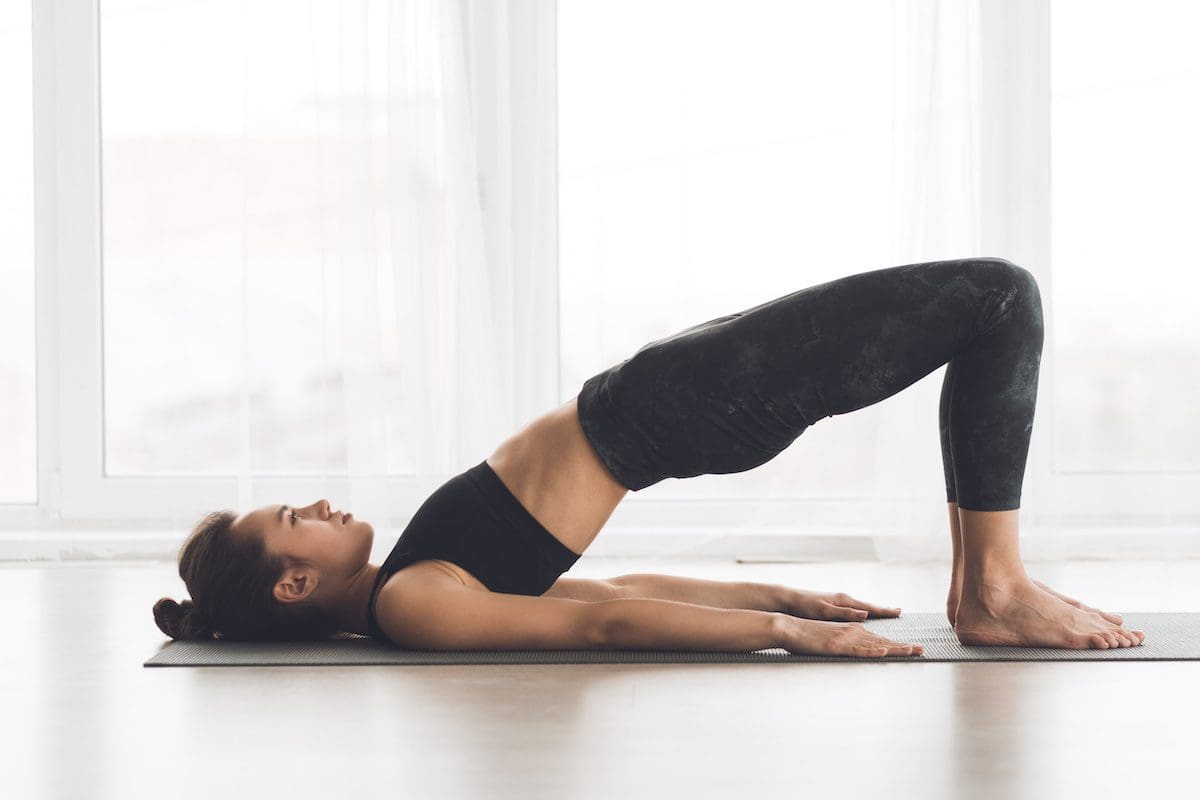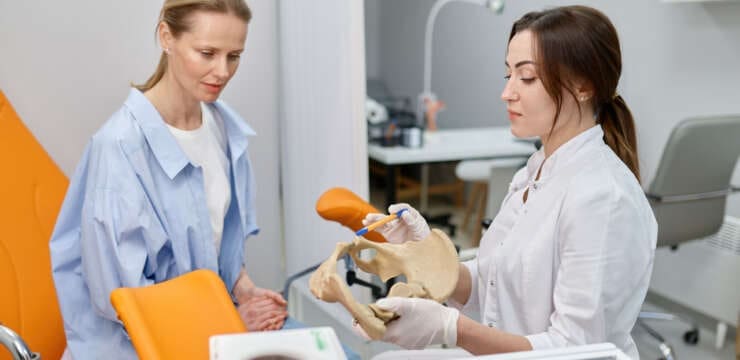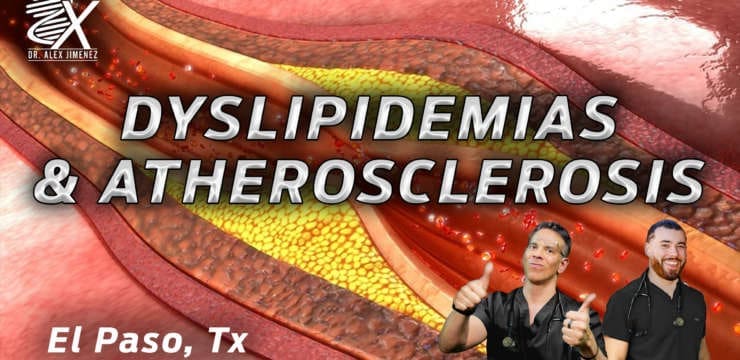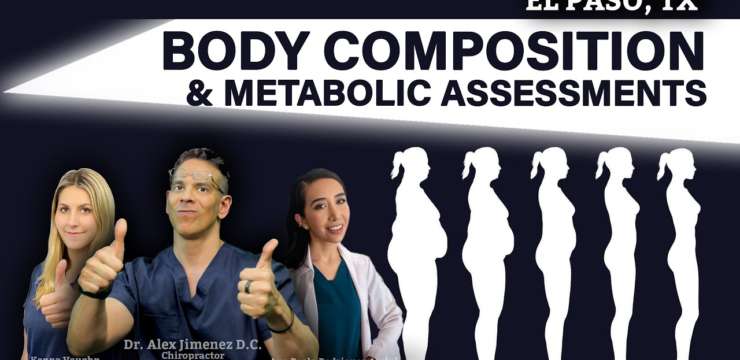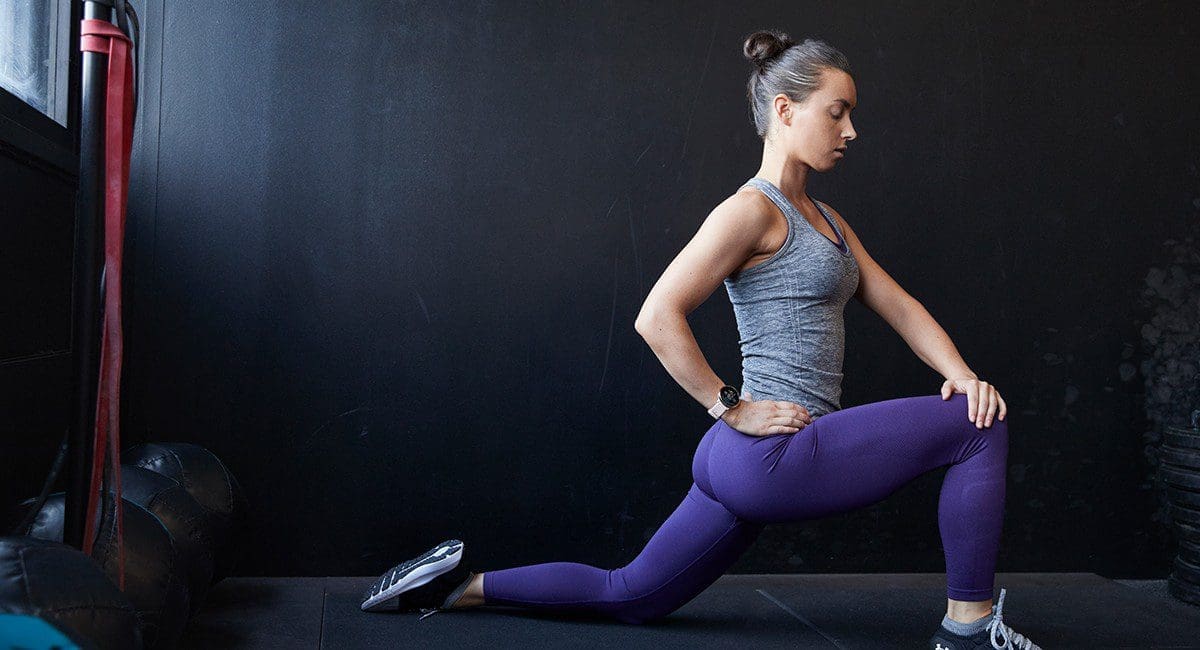
Table of Contents
Introduction
The hips in the lower portions of the body allow the legs to move the host from one location to another and provide stability to support the upper body’s weight. The hips will enable the torso to twist and turn without feeling pain. This is due to the various muscles and ligaments surrounding the pelvic bone and hip joint socket that allow the motion to be possible. However, when various injuries or factors start to affect the multiple muscles surrounding the pelvis or there is a chronic condition like osteoarthritis that causes wear and tear on the hip joints can cause underlying symptoms associated with the hips and cause many individuals to have difficulty when moving around. Luckily there are ways to improve hip mobility and the surrounding muscles in the hip and pelvic region of the body. Today’s article looks at the causes of the development of tight hips in the body and how different stretches can release tight hip flexor muscles. We refer our patients to certified providers that incorporate techniques and multiple therapies for many individuals suffering from hip pain and its correlating symptoms that can affect the musculoskeletal system in the hips, legs, and lumbar region of the spine. We encourage and appreciate each patient by referring them to associated medical providers based on their diagnosis when it is appropriate. We understand that education is a fantastic way when asking our providers intricated questions at the patient’s request and understanding. Dr. Jimenez, D.C., only utilizes this information as an educational service. Disclaimer
What Causes The Body To Develop Tight Hips?
Have you been dealing with hip mobility issues? When you sit, do you feel uncomfortable, and your hip muscles become tight? Or do you have a decreased range of motion when moving your hips? It could correlate with your hips if you have been experiencing muscle pain issues in the lower extremities. The hips help stabilize the upper and lower portions of the body while providing the full leg’s range of motion. When a person begins to sit for long periods or twist their body in a weird position, it can cause the muscles that surround the hips to become shortened. Other issues, like chronic conditions, can play a role in developing tight hip flexors. Studies reveal that various pathologies affecting the hips, lumbar spine, and lower extremities could strongly correlate with restricted hip mobility that can cause harmful effects that can affect the hips. To that point, some of the symptoms associated with tight hip flexors include:
- Instability
- Hypermobility
- Limited range of motion
- Reduce muscle strength in the groin
- Muscle cramps
- Sharp, sudden pain in the hips, pelvis, or groin
- Low back pain
- Piriformis syndrome
Other research studies mentioned that hypermobility disorders could affect the hip joints. Hypermobility disorders like EDS (Ehlers-Danlos syndrome) could cause micro or macro-trauma on the hip joint and affect the ligaments surrounding the hip joint. To that point, it can cause the hip flexor muscles to become tense and potentially affect how a person moves, which then causes soft tissue injuries and chronic pain.
Hip Flexor Stretches-Video
Do you feel tight along your hips? Do you see yourself hobbling around when walking? Or do you feel aches or strains when stretching? Many of these issues correlate with tight hip flexors that could result from hip pain in the lower extremities. When a person has tight hip flexors, it could be due to them constantly sitting down, causing the hip muscles to be shortened, or chronic conditions that can affect the hip joint and muscles. However, there are various ways to prevent tight hip flexors and regain mobility back to the hips. Studies reveal that stretching combined with core stabilization can help improve the hip’s range of motion while ensuring core endurance exercises can help strengthen the surrounding muscles in the hip area. The video above shows stretches targeting the hip flexor muscles and helps improve hip mobility.
Different Stretches To Release Tight Hip Flexors
Studies have shown that the hip flexor muscles are the main contributors to lumbar spine stability when releasing tight hip flexor muscles. So when there are tight hip flexors, it can cause overlapping risk profiles to the lumbar spine, which leads to pain and impairment in performance. The best way to reduce the pain-like symptoms associated with tight hip flexors is by stretching the lower half of the body to reduce muscle strain and tightness in the hip flexors. Additional studies have found that stretching combined with exercises targeting the low back can reduce the pain caused in the low back and help improve stability and strengthen the surrounding muscles located in the hips. Now it is important to remember that stretching for at least 5-10 minutes before and after working out allows the muscles to warm up and improve flexibility. Below are some different stretches that can release tight hip flexors.
High Crescent Lunge
- While standing on the mat, take a step forward to allow your right foot to be in a staggard stance *Think in a lunge position.
- Bend the front knee gently while keeping the back leg straight, as this allows the heel in the back leg to be lifted off the mat; the bent front knee enables the thigh to be parallel to the floor, and the right foot is pressed flat on the mat.
- Square up the hips, so they face toward the mat’s front.
- Extend the arm up towards the ceiling to stretch upwards while pressing into the mat to feel the hips stretch
- Hold for five breaths before slowly rising out of the lunge position and repeating on the other side.
This stretch helps release tension in the hip flexors and quads while warming up the muscles and increasing blood flow to the legs.
Knee-To Chest Stretch
- Lie on the mat with both legs extended out and feet flexed.
- Pull on the left knee to the chest while keeping the right leg straight, and the lumbar portion of the back is pressed into the mat.
- Hold the position while taking deep breaths for 30 seconds to 2 minutes.
- Release slowly and repeat on the right leg *You can lift both knees to your chest and rock slowly from side to side to relieve low back tension as an alternative.
This stretch is extremely helpful for tight hamstrings and allows the tense muscles on the hips and lower back to relax while increasing blood flow back to the muscles.
Piriformis Stretch
- On the mat, sit with both legs extended out.
- Cross the right leg over the left and place the other flat on the floor while the left foot is flexed
- Place the right hand behind the body while the left elbow is on the right knee.
- On inhale, press the right leg to the left while allowing the torso to twist on the right.
- Take five breaths for a deeper stretch and switch sides to repeat the action with the left hand *If you have low back pain issues, the modified version allows you to use your left hand to pull the right quad in and out to the left and vice versa.
This stretch helps loosen tight muscles in the lower back, hips, and glutes. If you have sciatic nerve pain associated with piriformis syndrome, this stretch helps release muscle tension from the piriformis muscle aggravating the sciatic nerve.
Happy Baby Pose
- Lie on the mat with both knees bent and feet on the ground.
- On inhale, lift the feet off the ground and grab the outer sections of the feet with your hands.
- Then gently pull the feet towards the chest and allow the knees to lower to the ground, on either side of the body, while keeping the back flat on exhale.
- Hold the position for at least five breaths.
This stretch helps with the inner thigh muscles or hip adductors and helps them become loose and mobile without feeling any strain or tension.
Bridge Pose
- On the mat, lie on your back and sides, and extend your arms while your feet are flat on the floor with your knees bent.
- Press with your heels to lift the hips and allow the feet to walk a few steps toward the body. *Keep the feet and knees hip-width apart.
- Clasp hands together underneath the body and press them into the mat
- Hold the position for five breaths.
This stretch helps take the pressure off the hip muscles while strengthening the glutes and abdominal muscles.
Conclusion
When it comes to releasing tight hip flexors after sitting for a long time or having hip issues affecting your low back or pelvis, Doing different stretches that target the hips can reduce the pain and release tight muscles associated with other conditions that can affect the body. The hips are important to take care of since they provide mobility and stability to the upper and lower portions of the body. They support the upper body’s weight while providing a huge range of motion to the legs. Incorporating these different stretches can reduce the pain that they have been under and help warm up the other muscles that surround the lower extremities.
References
Lee, Sang Wk, and Suhn Yeop Kim. “Effects of Hip Exercises for Chronic Low-Back Pain Patients with Lumbar Instability.” Journal of Physical Therapy Science, U.S. National Library of Medicine, Feb. 2015, www.ncbi.nlm.nih.gov/pmc/articles/PMC4339134/.
Moreside, Janice M, and Stuart M McGill. “Hip Joint Range of Motion Improvements Using Three Different Interventions.” Journal of Strength and Conditioning Research, U.S. National Library of Medicine, May 2012, pubmed.ncbi.nlm.nih.gov/22344062/.
Reiman, Michael P, and J W Matheson. “Restricted Hip Mobility: Clinical Suggestions for Self-Mobilization and Muscle Re-Education.” International Journal of Sports Physical Therapy, U.S. National Library of Medicine, Oct. 2013, www.ncbi.nlm.nih.gov/pmc/articles/PMC3811738/.
Reiman, Michael P, and J W Matheson. “Restricted Hip Mobility: Clinical Suggestions for Self-Mobilization and Muscle Re-Education.” International Journal of Sports Physical Therapy, U.S. National Library of Medicine, Oct. 2013, www.ncbi.nlm.nih.gov/pmc/articlhttps://www.ncbi.nlm.nih.gov/pmc/articles/PMC8027473/es/PMC3811738/.
Disclaimer
Disclaimers
Professional Scope of Practice *
The information herein on "Different Stretches To Improve Hip Mobility" is not intended to replace a one-on-one relationship with a qualified health care professional or licensed physician and is not medical advice. We encourage you to make healthcare decisions based on your research and partnership with a qualified healthcare professional.
Blog Information & Scope Discussions
Welcome to El Paso's wellness blog, where Dr. Alex Jimenez, DC, FNP-C, a board-certified Family Practice Nurse Practitioner (FNP-C) and Chiropractor (DC), presents insights on how our team is dedicated to holistic healing and personalized care. Our practice aligns with evidence-based treatment protocols inspired by integrative medicine principles, similar to those found on dralexjimenez.com, focusing on restoring health naturally for patients of all ages.
Our areas of chiropractic practice include Wellness & Nutrition, Chronic Pain, Personal Injury, Auto Accident Care, Work Injuries, Back Injury, Low Back Pain, Neck Pain, Migraine Headaches, Sports Injuries, Severe Sciatica, Scoliosis, Complex Herniated Discs, Fibromyalgia, Chronic Pain, Complex Injuries, Stress Management, Functional Medicine Treatments, and in-scope care protocols.
Our information scope is limited to chiropractic, musculoskeletal, physical medicine, wellness, contributing etiological viscerosomatic disturbances within clinical presentations, associated somato-visceral reflex clinical dynamics, subluxation complexes, sensitive health issues, and functional medicine articles, topics, and discussions.
We provide and present clinical collaboration with specialists from various disciplines. Each specialist is governed by their professional scope of practice and their jurisdiction of licensure. We use functional health & wellness protocols to treat and support care for the injuries or disorders of the musculoskeletal system.
Our videos, posts, topics, subjects, and insights cover clinical matters, issues, and topics that relate to and directly or indirectly support our clinical scope of practice.*
Our office has reasonably attempted to provide supportive citations and has identified the relevant research studies or studies supporting our posts. We provide copies of supporting research studies available to regulatory boards and the public upon request.
We understand that we cover matters that require an additional explanation of how they may assist in a particular care plan or treatment protocol; therefore, to discuss the subject matter above further, please feel free to ask Dr. Alex Jimenez, DC, APRN, FNP-BC, or contact us at 915-850-0900.
We are here to help you and your family.
Blessings
Dr. Alex Jimenez DC, MSACP, APRN, FNP-BC*, CCST, IFMCP, CFMP, ATN
email: coach@elpasofunctionalmedicine.com
Licensed as a Doctor of Chiropractic (DC) in Texas & New Mexico*
Texas DC License # TX5807
New Mexico DC License # NM-DC2182
Licensed as a Registered Nurse (RN*) in Texas & Multistate
Texas RN License # 1191402
ANCC FNP-BC: Board Certified Nurse Practitioner*
Compact Status: Multi-State License: Authorized to Practice in 40 States*
Graduate with Honors: ICHS: MSN-FNP (Family Nurse Practitioner Program)
Degree Granted. Master's in Family Practice MSN Diploma (Cum Laude)
Dr. Alex Jimenez, DC, APRN, FNP-BC*, CFMP, IFMCP, ATN, CCST
My Digital Business Card

